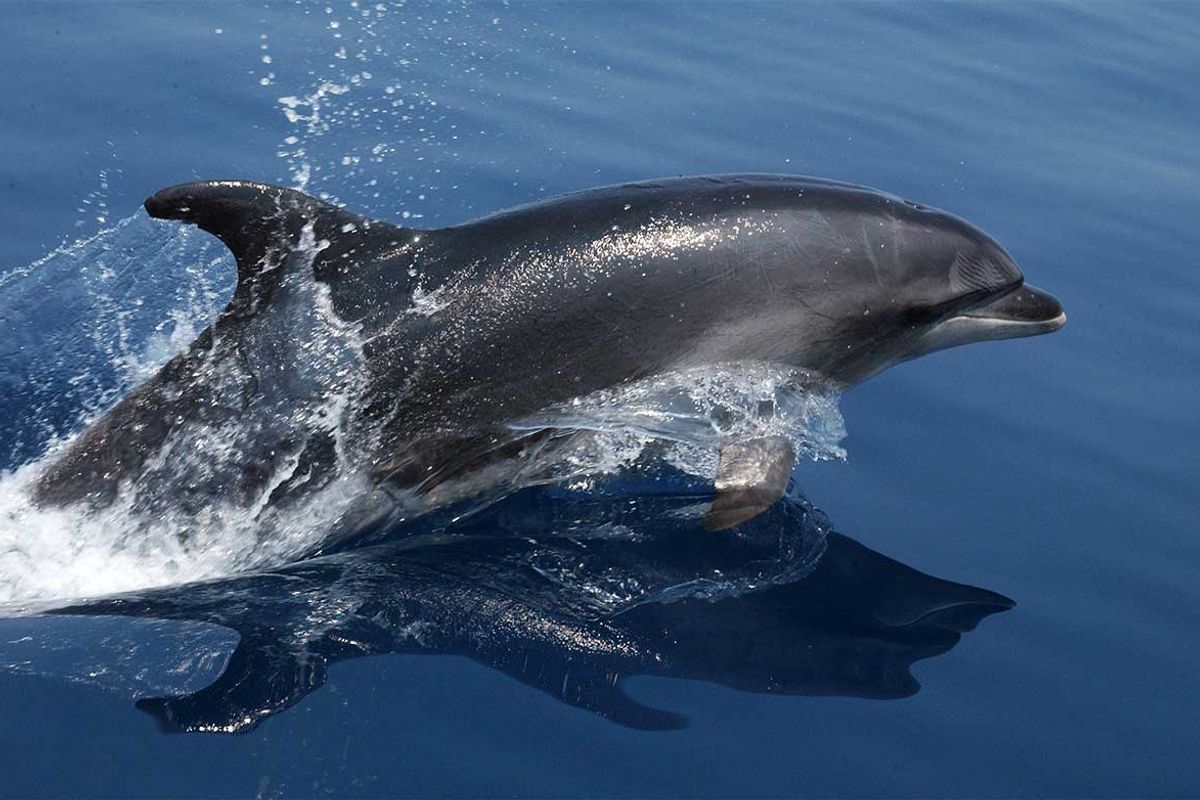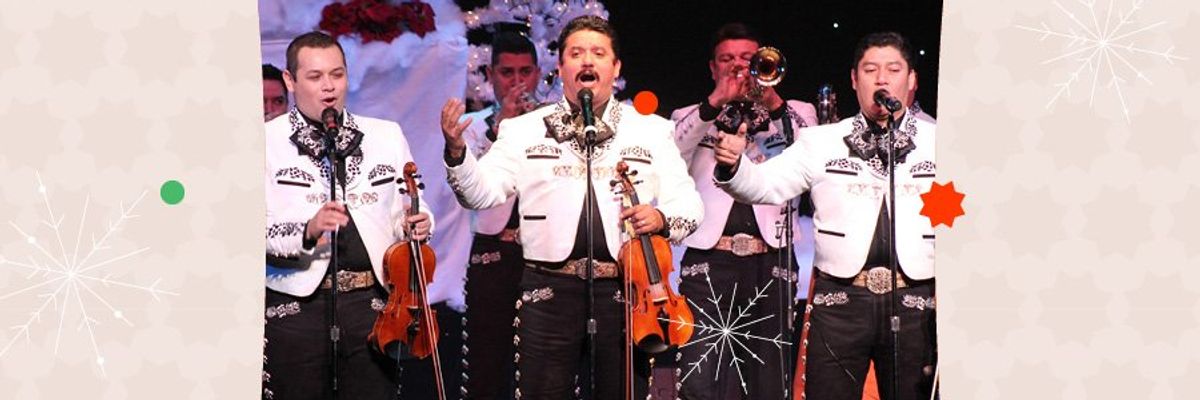Bottlenose dolphins are taking up residence in historically uncharted territory—the waters around San Francisco, Richardson, and Horseshoe Bay.
The first common bottlenose dolphin to play in the Bay Area was spotted 15 years ago—previously Monterey Bay had been their northernmost hang spot. But, as The Chronicle reports, warming Bay Area waters are luring these beauties in droves.
"This is not a migration," says R.H. Defran, a San Diego–based researcher for the California Dolphin Online Catalog (CDOC). "These dolphins are moving weekly and they aren't always taking short trips [back to other resident waters]."
In other words, this new dolphin population appears to here to stay. Here's where you can spot them in the Bay Area:
Golden Gate Bridge (GGB)
Obviously, the GGB is one of the best vantage points to spot bottlenose dolphins in the San Francisco Bay. But the, time of day is key: You're most likely to see dolphins entering back into the Bay from early morning feedings in the Pacific sometime around dawn.
Pro tip: Sightings in the evening hours are quite uncommon.
// Golden Gate Bridge, San Francisco
Point Cavallo
Because of Horseshoe Bay's calm waters and rich baitfish populations, this is a favorite feeding ground amongst Bay Area dolphin pods, making Point Cavallo the most likely place to see dolphins actively hunting.
Pro tip: Dolphins rely heavily on their ability to hear in order to navigate the world around them. Heavy boat traffic interferes with their ability to echolocate, and will definitely lessen your odds of a sighting.
// 601 Murray Circle, Sausalito
Marina Plaza, Kappas and Clipper Yacht Harbors
Richardson Bay is unique in that both bottlenose dolphins and harbor porpoises bump flippers here. And, with all three Richardson Bay harbors within walking distance of one another, there are plenty of places to watch.
Pro tip: Dawn and dusk are the best times to catch dolphins at their prime, breaching and traveling in synchrony.
// Parking at 2320 Marinship Way #160, Sausalito
Rodeo Beach
Of these viewpoints, Rodeo Beach offers the most encompassing dolphin-watching experience. Sink your feet in the sand, bring a drink, and marvel at the marine-mammal acrobatics happening directly in front of you. (Rodeo Beach is also a whale-watching hotspot, with fairly common sightings of both humpback and gray whales) Be sure to check weather conditions—rough, murky waters will leave even the bravest of cetaceans searching for calmer sea.
Pro tip: If you're interested in whale watching, Rodeo Beach is best visited on sunny days mid-January to late-April, when California gray whales are moving either north or south along the coastline.
// Parking at 1033 Fort Cronkite, Golden Gate National Recreation Area, Marin County
Dolphins sport a contrasting white, creamy stomach to their dark, gray dorsal colorings, helping them sneak-up on prey from below.
Common bottlenose dolphins, although social, will go out on solo outings from time-to-time. (Photo courtesy of hdnux.com)
Dolphins are one of the few marine mammals know to "spyhop"—positioning their heads above the water's surface to see what around them. (Photo courtesy of hdnux.com)
Dolphins, like us, form strong social bonds with both related and un-related members of their pods. (Photo courtesy of caseagrantnews.org)
Harbor porpoises are the friendly, smaller cousins of the now-resident common bottlenose dolphins.
Dolphins aren't fish—so they don't posses gills. Whales and dolphins inhale and exhale through their blowholes, allowing them to respirate while staying motionless. (Fish must, in some way, be constantly moving to force fresh, oxygenated water over their gill slits. (Photo courtesy of wikimedia.org)

































